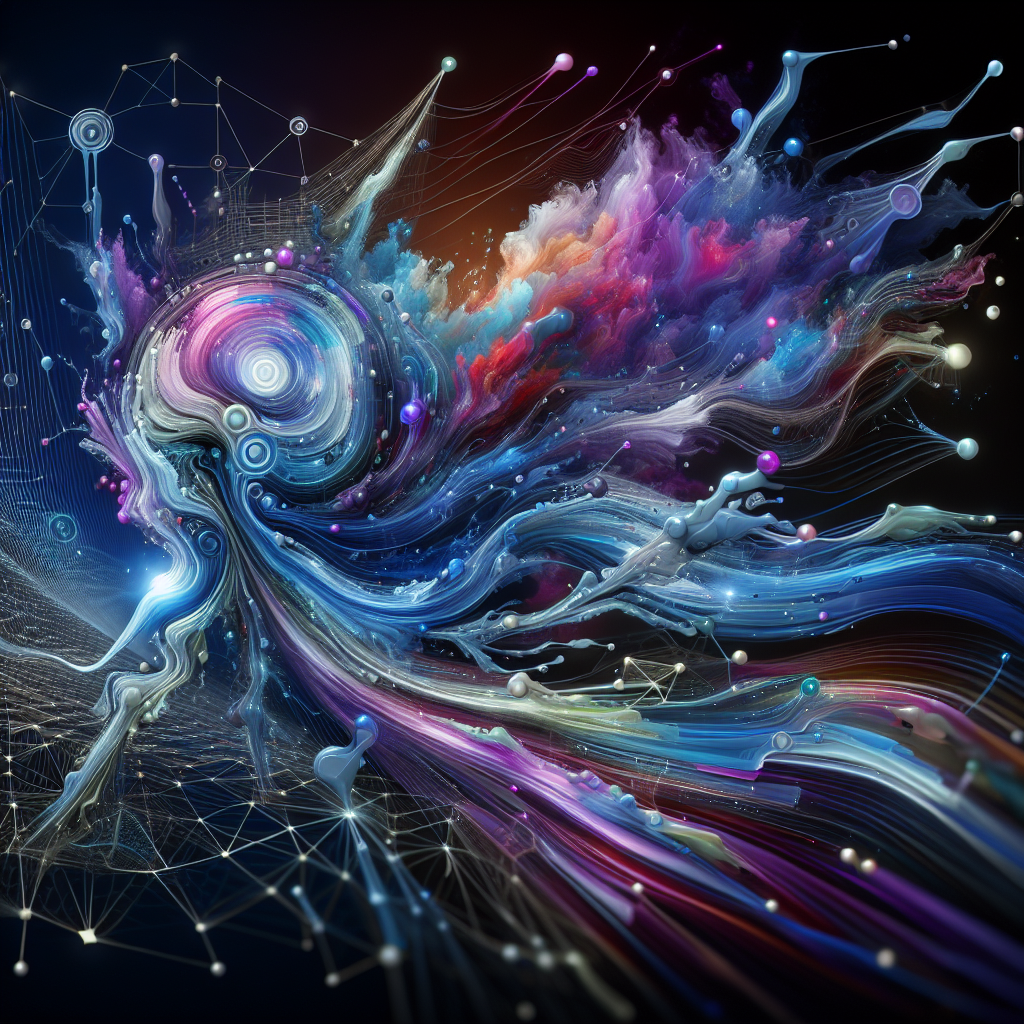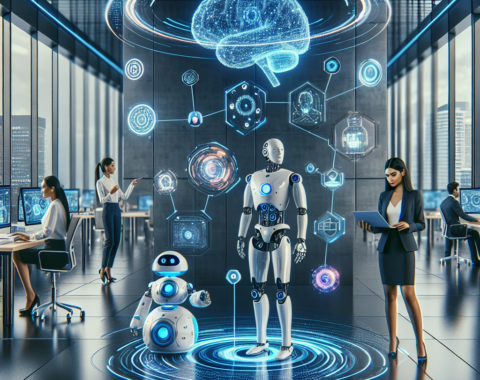
Revolutionizing Neural Networks: How Liquid AI Transforms Machine Learning
In the ever-evolving field of machine learning, innovations are the key to pushing boundaries and unlocking new potentials. One such groundbreaking advancement is Liquid AI, which is dynamically reshaping how neural networks function and expanding their capabilities in unprecedented ways.
Understanding Liquid AI: The Basics
At its core, Liquid AI refers to a flexible approach in the development and training of neural networks. Traditional neural networks are often rigid, with a fixed structure and architecture that makes adaptation and learning beyond initial parameters a challenge. Liquid AI, on the other hand, offers a paradigm shift by incorporating adaptability and fluidity throughout the learning processes.
Instead of relying on predefined pathways, Liquid AI utilizes a form of neural plasticity, enabling networks to continuously evolve and adapt as they process more data. This means the network’s architecture can alter its pathways to optimize performance and outcomes, effectively mimicking certain aspects of biological neural networks.
How Does Liquid AI Work?
The functional hallmark of Liquid AI lies in its ability to modify its structure dynamically. These modifications are driven by real-time learning experiences, allowing the network to adjust its connections strength and configurations based on the data it engages with. This translates into several key advantages:
- Adaptability: The system can suitably adjust to new, previously unseen data without extensive retraining.
- Efficiency: Continuous optimization reduces computational redundancies, leading to faster decision-making processes.
- Scalability: Gradual improvement allows the network to handle complex tasks as it matures.
The Impact of Liquid AI on Machine Learning
The incorporation of Liquid AI into neural networks stands to revolutionize several facets of machine learning:
Improved Learning and Generalization
One of the most significant challenges in machine learning is the capacity for models to generalize knowledge across various tasks. Liquid AI addresses this by creating networks capable of dynamically adjusting to different sets of data. The resulting models can learn more abstract patterns, ensuring they not only perform well on training data but also on unseen data — a definitive step forward in improving generalization.
Enhanced Robustness and Fault Tolerance
Traditional neural networks can be brittle, often struggling to adapt to even slight perturbations in data. In contrast, Liquid AI introduces mechanisms that allow networks to exhibit enhanced robustness. This makes them less sensitive to data noises and fortifies their ability to recover from potential disruptions, therefore increasing their reliability.
Fostering Creativity in AI Development
The adaptive nature of Liquid AI opens the door to creative problem-solving in ways previous methods might have restricted. Such flexibility permits the exploration of innovative algorithmic strategies that could lead to novel applications and breakthroughs in areas like natural language processing, autonomous systems, and more.
Key Applications and Use Cases
Liquid AI isn’t just an abstract concept but is already beginning to influence various domains:
- Autonomous Vehicles: The ability to handle diverse driving conditions with real-time adaptability is critical, making Liquid AI an invaluable asset for autonomous systems.
- Healthcare: Personalized medicine and diagnostics can benefit from AI models that learn and adjust according to individual patient data.
- Finance: The financial sector can gain from Liquid AI’s real-time decision-making capabilities, which enhance fraud detection and risk management systems.
IoT and Smart Devices
The proliferation of the Internet of Things (IoT) and smart devices demands flexible, intelligent systems to manage interconnected devices. Liquid AI equips IoT frameworks with the ability to dynamically adapt to evolving environmental inputs, paving the way for smarter, more responsive technologies.
Challenges and Considerations
While Liquid AI holds great promise, its adoption is not without challenges. The increased complexity of dynamic neural networks can lead to substantial computational demands. This necessitates advanced hardware and optimized algorithms to handle intensive processing tasks efficiently. Furthermore, ensuring the security and reliability of such adaptive systems is paramount, as their fluid nature could introduce vulnerabilities that traditional systems do not face.
Strategic Implementation
Organizations keen on leveraging Liquid AI must consider strategic implementation approaches. This includes:
- Investing in infrastructure: Upgraded computational resources are necessary to support dynamic adaptability.
- Developing specialized algorithms: Tailored solutions are required to harness the full potential of Liquid AI.
- Ensuring continuous monitoring: Real-time oversight is crucial for maintaining system integrity and performance.
The Future of Neural Networks with Liquid AI
The integration of Liquid AI stands as a transformative leap in the landscape of machine learning, heralding a new era of neural networks that are adaptable, efficient, and robust. As research and application methodologies evolve, we can expect to see the influence of this technology permeate across industries, reshaping how AI systems are designed and utilized.
In conclusion, Liquid AI is charting a promising course towards more sophisticated and versatile AI solutions, setting the stage for a future where machines can think, learn, and adapt with a level of fluid cognition that is closer than ever to human intelligence.
Ultimately, as innovations like Liquid AI continue to unfold, they will redefine the possibilities of what artificial neural networks can achieve, unlocking new horizons in the world of artificial intelligence.




